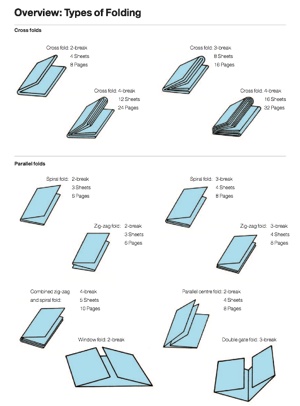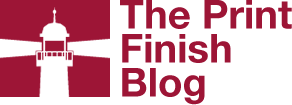When is document creasing or document scoring applied in print finishing? As a printer, your job is to make top quality exacting copies. To that end, you need the best supplies, such as paper, ink, and printing equipment. Once printed, coatings protect your materials from temperature changes, moisture, humidity, and wear and tear. Digital presses offer new challenges when finishing documents. No longer is document scoring an option, you have to consider document creasing instead. 
Cracking really becomes an issue when using coated paper, which makes better reproductions than paper that is not coated. The coating can separate or crack, especially along folds. This is where the decision whether to use a paper scoring machine or paper creasing machine comes in.
It may seem like creasing, and scoring are pretty much the same thing, they both serve the same purpose. The methods used to score or crease paper are very different, however, and have different results. Paper creasing is done by compressing the fold into the piece with an anvil style arm. Whereas, to score paper, a rotary tool is rolled over the sheets along the fold lines. This process reduces stiffness along the lines making the paper fold more quickly.
Both methods have their pros and cons.
Creasing Pros
- Most creasing machines have simple inputs utilizing inch increments and are easily set up and adjusted. – The entire length of your materials can be creased. – Wide varieties of table-top sized mini-creasers are available.
Creasing Cons
- Creasing machines must be adjusted for creases of different widths. – The creasing process slows operating speed.
When is using a Document Creasing Machine better?
Creasing machines are best for materials with a significant percentage of ink coverage. The single large surface area of the anvil arm is less likely to crack the ink than the repeated small surfaces of a rotary wheel. The arm also makes creasing better for textured paper, as the rotating wheel could tear or separate the fibers.
Scoring Pros
- Scoring machines are often air-fed, and you feed your materials through the rotary wheel, which spins continually. – The scoring can be done at the same as other finishing applications. – This makes it more convenient than other processes as well as faster.
Scoring Cons
- Creasing machines must also be adjusted for creases of different widths. – Setting up scoring machines produces more waste paper than creasing machines. – Scoring often doesn’t work well with the toner used by digital printers.
When is Document Scoring Machine better?
Paper scoring tools work great in office environments where documents are light on ink coverage. These materials also tend to be printed on plain or glossy paper. The paper is often thinner as well.
The paper you use can make a big difference. Before choosing, be sure to test inks, coatings, and the effects of moisture.
